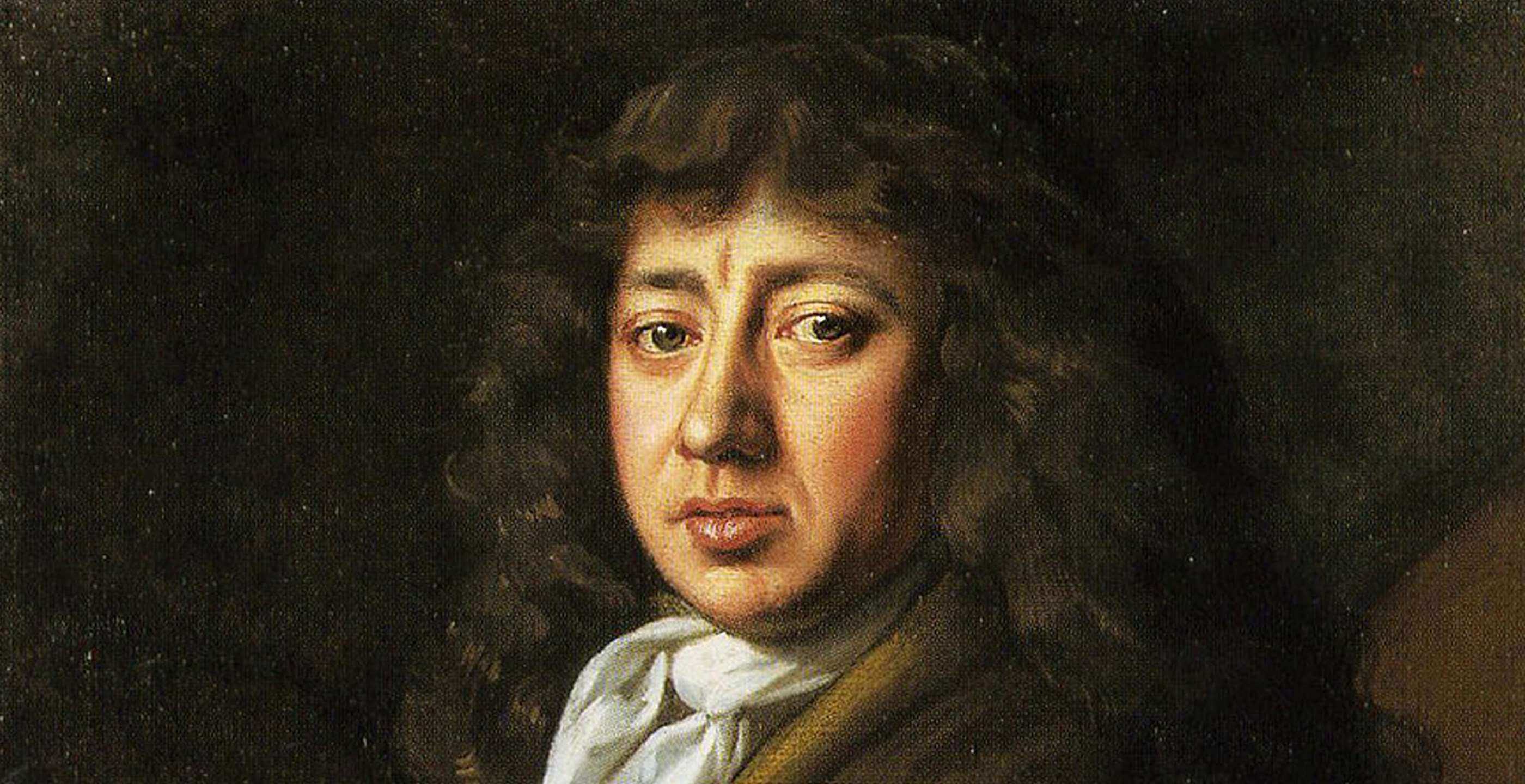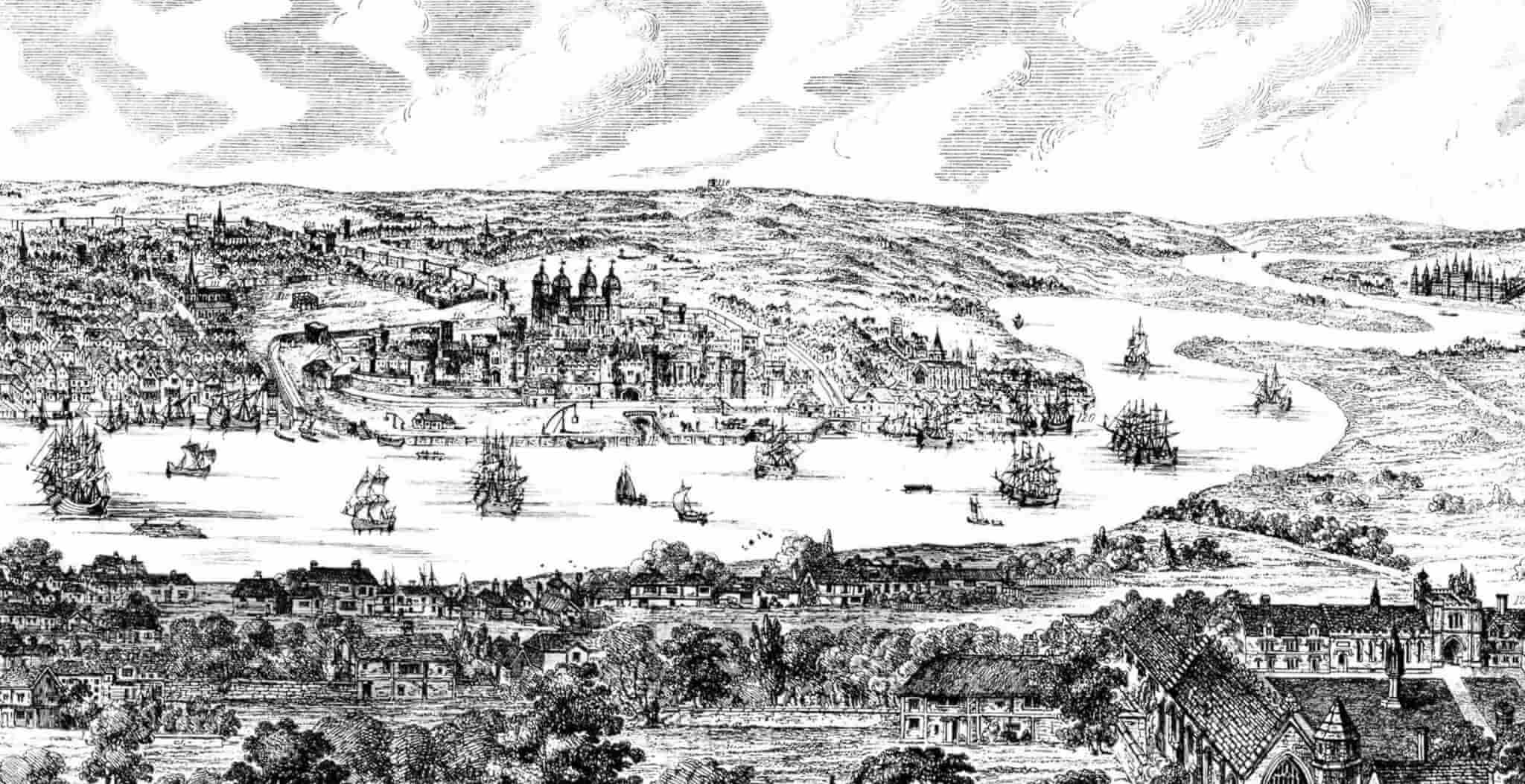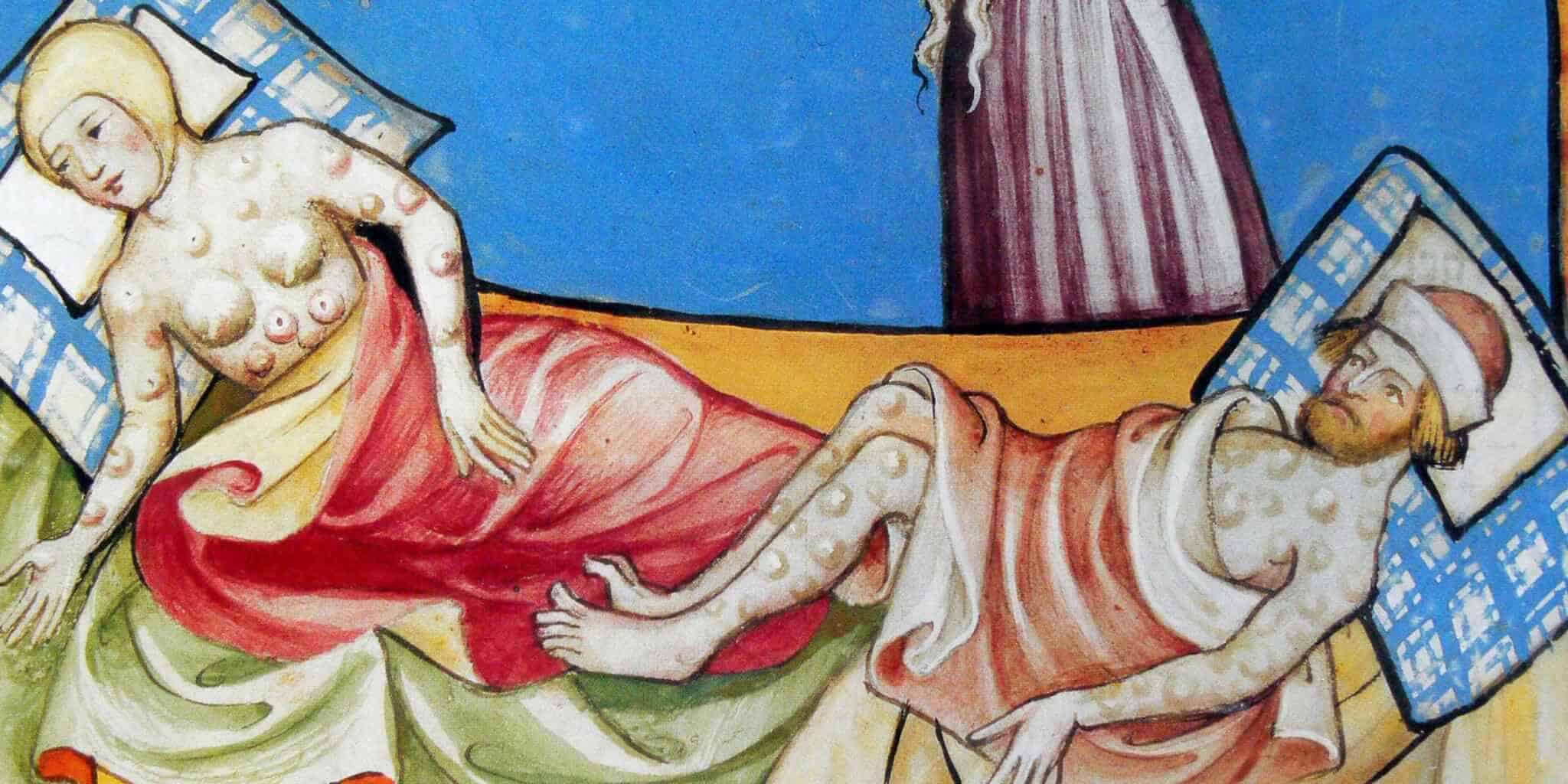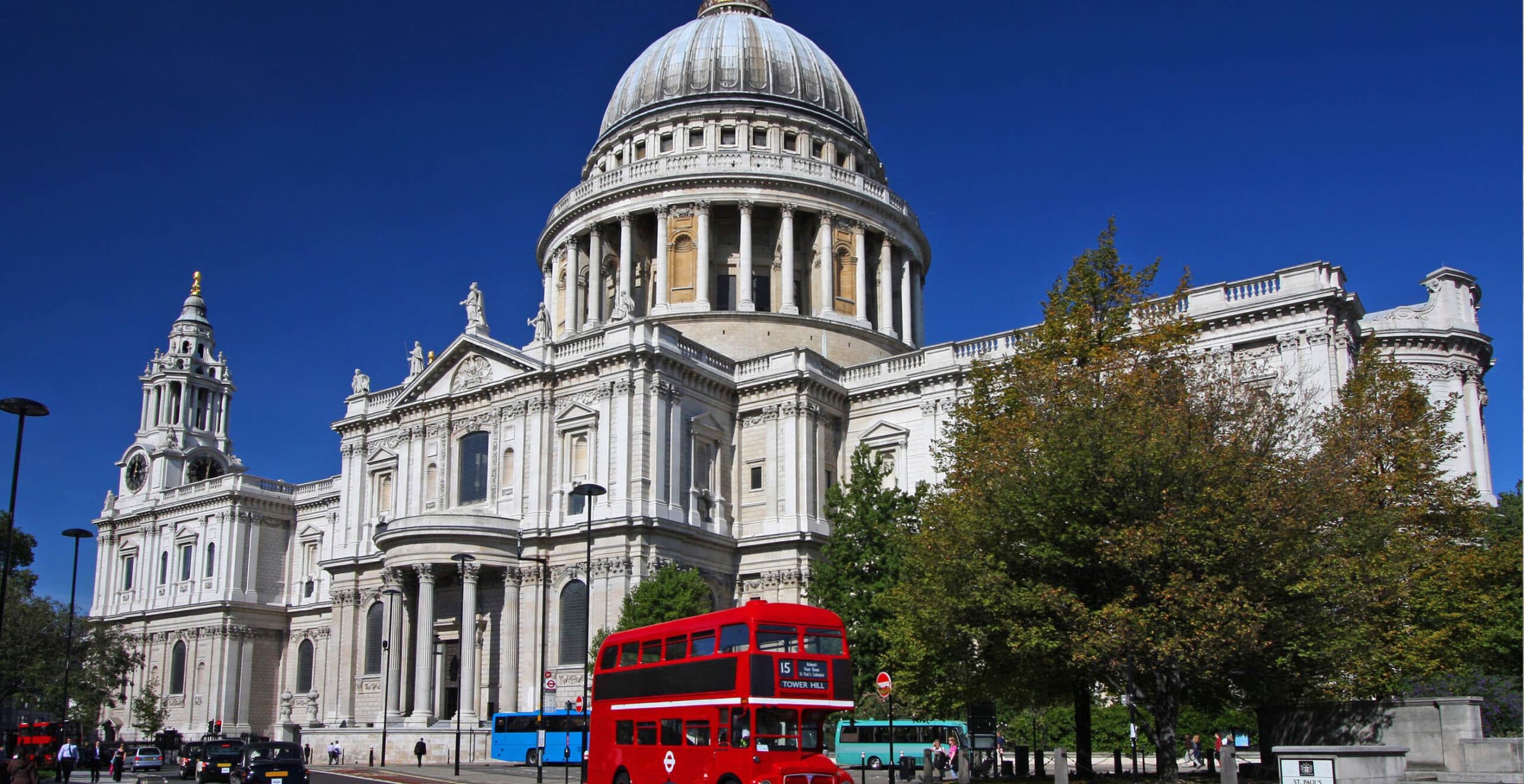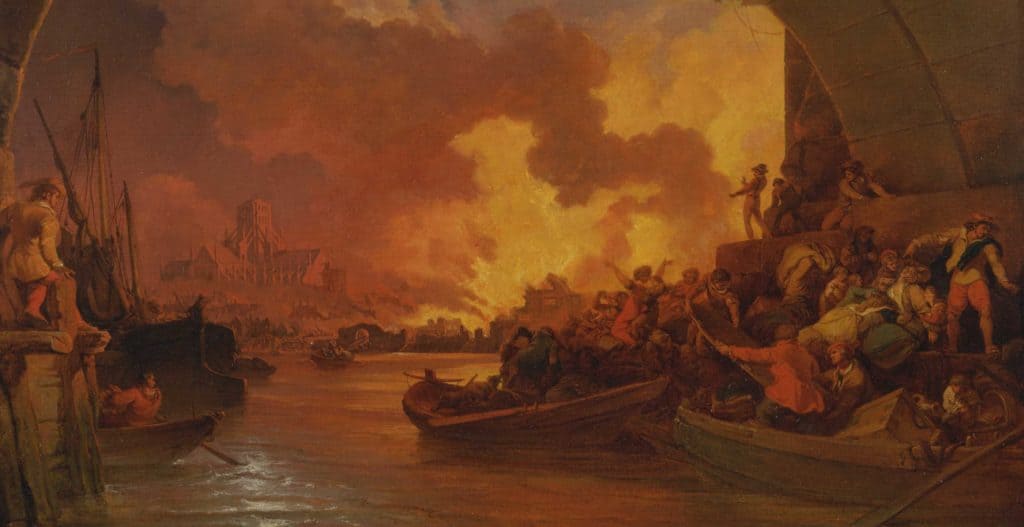On the 23rd February 1633 Samuel Pepys was born in Salisbury Court, London. The son of John, a tailor and his wife Margaret, Samuel Pepys would later become famous for the diary he used to record the everyday events that were happening whilst he worked for the Navy. His personal accounts documented an important period in English history from 1660 until 1669; as a historical source his diary continues to hold great value and resonance for anyone interested in learning about this period in history from an eyewitness account.

Although the son of a tailor, his extended family held top positions in government which helped Samuel to propel his career forward after leaving school. As a child Pepys attended Huntingdon Grammar School and later went on to study at St Paul’s. Even in his youth Samuel witnessed momentous events that would go down in history and even attended the execution of Charles I in 1649. A year later he attended Cambridge University after winning a scholarship from St Paul’s where he undertook his Bachelor of Arts degree in 1654.
Pepys went on to marry Elisabeth de St Michel, a fourteen-year-old with French Huguenot ancestry. They married in a religious ceremony on the 10th October 1655. Samuel and Elisabeth’s marriage was a childless one, with some speculation that an operation to remove bladder stones had left him infertile. Their marriage endured despite Samuel having affairs with their maids, and with one in particular called Deb Willet, of whom he was said to have been particularly fond. In his diary much about their tumultuous marriage is recorded, his interest in other women, his jealous moments and the fonder memories of their time together.
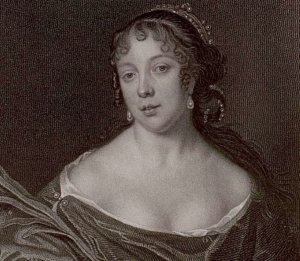
On 1st January 1660 Samuel Pepys made his first diary entry, one that would lead to a further decade of recording everyday trivialities mixed with important events and battles. With candour and detail he wrote about his wife, the household, theatre, political events, social catastrophes and military might.
Despite Pepys having no prior maritime experience, he worked for the Navy and rose through the ranks to become Chief Secretary to the Admiralty under both King Charles II and James II. As an administrator for the Navy he acquired first-hand information regarding naval encounters, battles, strategic decisions and the different characters involved.
At the time in which Pepys began to write his diary, England was going through a tumultuous period both politically and socially. Only a few years previously, Oliver Cromwell had died creating a precarious political vacuum. The civil unrest that had been brewing since Cromwell’s death meant that Pepys’s diary is even more relevant and pertinent to learn about the political climate of the day.
One important eyewitness account given by Pepys describes the impact of the Great Plague in London. The Second Pandemic as it became known was a centuries’ long epidemic of plagues which began in the 1300’s with the Black Death and continued until the outbreak of the Great Plague. In 1665 the Great Plague took its effect on the population. Pepys however was not in one of the most at risk categories as he did not live in the cramped housing where the disease spread the easiest. The poorest in society were most affected whilst Pepys was in a financially fortunate position to send his wife Elisabeth away to Woolwich in order to protect her. On 16th August 1665 he noted:
“But, Lord! how sad a sight it is to see the streets empty of people”.
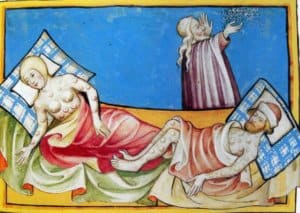
The dire circumstances of the Great Plague were noticeable as London turned into a ghost town and those who stayed behind did so for work or because they had no other option. Pepys began to sense the gravity of the situation and suggested that the Navy Office be evacuated to Greenwich whilst he nobly volunteered to hold the fort in town. He also took all the popular precautions to prevent being infected, such as chewing on tobacco and he also viewed buying wigs with caution in case the hair came from plague victims.
Eventually the Great Plague passed through England, taking its victims and leaving behind desolate areas lacking in life and with the graveyards full. Samuel Pepys had survived one of the worst plagues to ever be experienced in this country.
The following year another great tragedy took place in London. The Great Fire of 1666 claimed much of London’s original architecture as its victim. On 2nd September Pepys was awoken by one of his servants when he spotted a fire in the distance. His servant would later return to report that around 300 homes had been destroyed by the raging fire and there was a chance that London Bridge could be destroyed. This prompted Pepys to go to the Tower in order to witness the unfolding events. He also ended up taking to a boat in order to better observe the devastation; his eyewitness account was subsequently reported in his diary.
“Everybody endeavouring to remove their goods, and flinging into the river or bringing them into lighters that layoff; poor people staying in their houses as long as till the very fire touched them”.
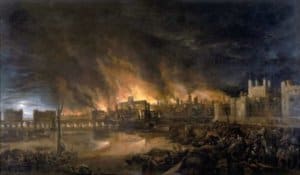
After witnessing the tragedy unfolding, Pepys personally advised the King to pull down homes that would find themselves in the path of the fire in order to stem the voracity of the flames that were engulfing the city. This advice was accepted, although Pepys noted that the sight of his city burning “made me weep”. The following day he would make the decision to pack up his belongings and leave before he found himself in grave danger. He would later return to see the ruins of St Paul’s Cathedral, his former school and his father’s house whilst most remarkably his own house, office and most pertinently his diary all survived the fiery flames which burnt London to a cinder.
His diary once again recorded a momentous event in English history. The 1660’s was a time of major events: the Great Plague, the Fire of London and in the following year, the Second Anglo-Dutch Wars. With his prominent position in the Navy his role in the war was pivotal as he found himself at the forefront of decision-making. Unfortunately the Dutch greatly overpowered the English Navy and dealt one final blow when in June 1667 they carried out a raid on Medway which resulted in the seizure of many of the Navy’s most important ships, including the Royal Charles.
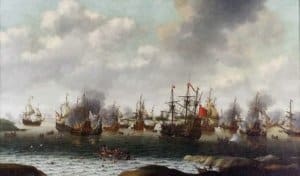
The humiliating defeat was felt keenly by Pepys who would later face a commission which sought to investigate the responsibility of losing the war. Fortunately, due to his personal connections with King Charles II he was exonerated. The war with the Dutch was a personal failure for Pepys in his work for the Navy, but it was also another important historical event recorded through his daily diary entries.
His diary continues to be used as a great source of historical knowledge and ultimately as a reflection of one man who lived his life in a turbulent time in history.
Jessica Brain is a freelance writer specialising in history. Based in Kent and a lover of all things historical.
